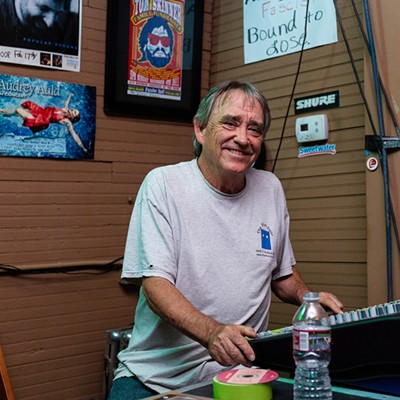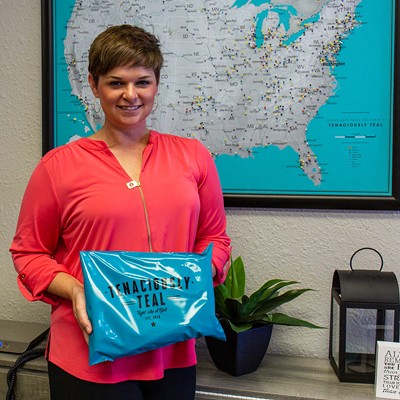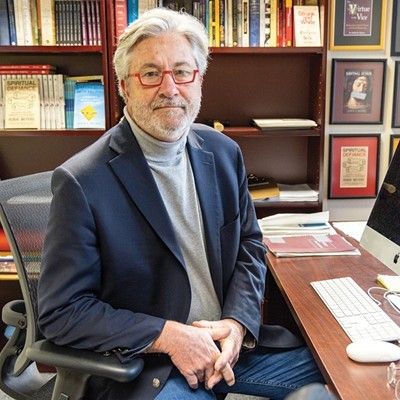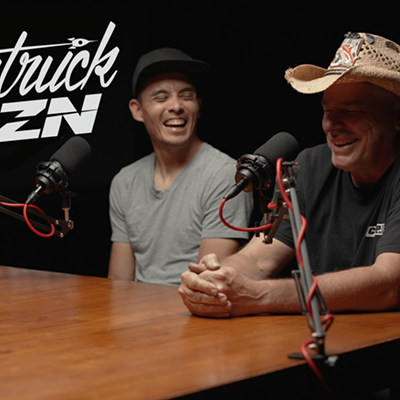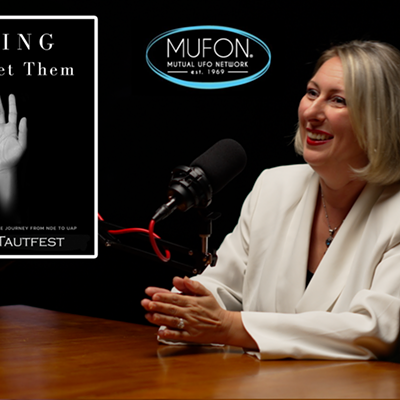Late last month, the Oklahoma City Fraternal Order of Police (FOP) reached an agreement with the police department to reinstate its body-worn camera program.
You probably know them as body cams.
Our group has always supported using body cams. Like many citizens, we believe they are a valuable tool to help create trust between the public and law enforcement.
Over the last few years, we have all seen video of police officers in other jurisdictions in violent situations.
At the Oklahoma City FOP, we know almost all police officers are dedicated, honorable men and women doing their best in a tough and dangerous job.
But sometimes even well-meaning officers can violate policies or rules.
Furthermore, situations often arise in which it can be hard to discern whether an officer acted appropriately because eyewitness accounts vary.
When a confusing and chaotic incident takes place, body cameras might help set the record straight. They can provide objective information and more detail about what transpired.
They can’t give the full circumstances in every case, but they represent one more way to save officers from false accusations and provide transparency and accountability to the public.
The videos also can influence future training and policymaking.
Police officers cannot safely and effectively do their jobs without public trust.
We support new technology to give people even more reason to respect and honor law enforcement officers, and we were glad to have input from many areas as we developed the ground rules for body cams.
The guidelines governing the program demonstrate city leaders and labor unions can come together to craft decisions that are in everyone’s best interest.
As with any form of oversight, it was important to our officers to put clear rules in place to protect our members.
Body cams generate video and audio records.
Before this agreement, it was not clear how those records would be used or who would have access under what circumstances.
Now that our union and Police Chief Bill Citty have collectively defined those terms, we greatly anticipate the reinstatement of the program.
We expect a successful result and look forward to the day when more officers head out on patrol with this additional layer of protection.
The FOP believes this technology will enhance our ability to serve the public and enforce the law.
We also believe the agreement will serve as a model that cities and states across the country can emulate.
John George is a 26-year law enforcement veteran and president of the Oklahoma City Fraternal Order of Police, Lodge 123
Oklahoma Gazette provides an open forum for the discussion of all points of view in itsLetters to the Editor section. The Gazette reserves the right to edit letters for length and clarity. Letters can be mailed, faxed or emailed to [email protected] or sent online at okgazette.com. Include a city of residence and contact number for verification.
Opinions expressed on the commentary page, in letters to the editor and elsewhere in this newspaper are those of the author and do not necessarily reflect the opinions of ownership or management.
print headline: An OKC model for safety




